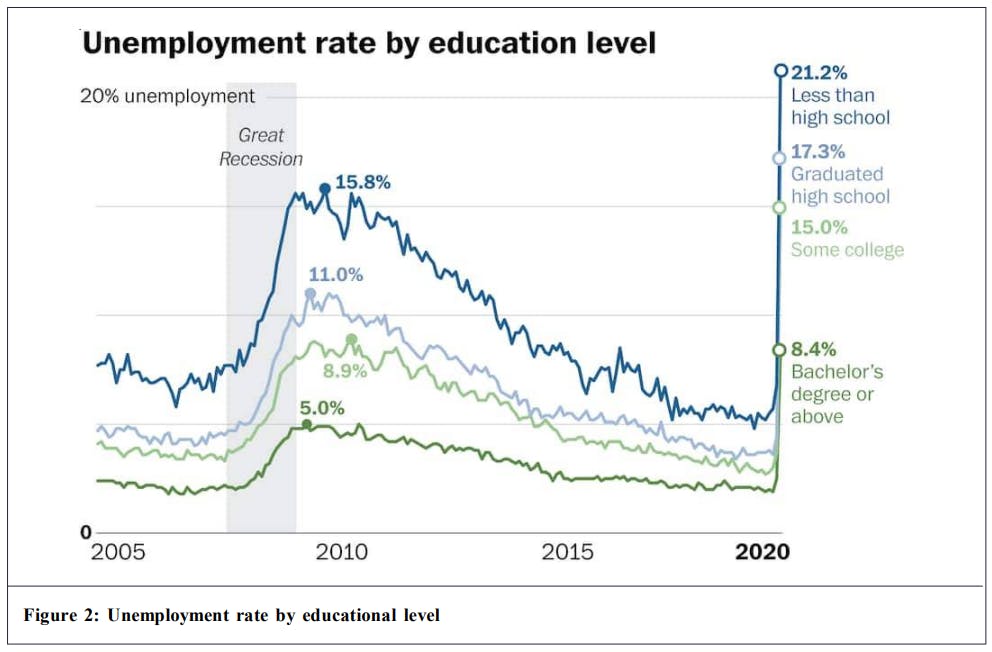Hurricane Melissa to Make ‘Catastrophic’ Landfall in Jamaica

Hurricane Melissa has been upgraded to a major Category 4 hurricane, gathering strength in the Caribbean and threatening Jamaica and Haiti with catastrophic and life-threatening flash flooding.
The hurricane “rapidly” intensified over the weekend before leveling off, the National Hurricane Center (NHC) said Sunday, warning that it could still develop into a Category 5 storm.
Hurricane Melissa was sustaining winds near 140 mph on Sunday, and the storm is expected to keep its strength and be a “powerful major hurricane” as it makes landfall in Jamaica on Monday night, the NHC said in a bulletin. The NHC urged people in Jamaica to “seek shelter now.”
Read More: How America Forgot a Crucial Lesson From Hurricane Disasters of the Past
“Extensive infrastructural damage, long-duration power and communication outages, and isolation of communities are expected,” the NHC bulletin for Jamaica said. The storm is moving slowly westward, meaning that heavy, dangerous rainfall in one place is likely, with expected total rainfall of 15 to 30 inches, and up to 40 inches possible.
The National Oceanic and Atmospheric Association (NOAA) warned Sunday of “life-threatening and catastrophic” flash flooding and landslides in parts of Jamaica and Hispaniola this week. A hurricane warning is in place for parts of Jamaica, while a hurricane watch is in place for southwestern Haiti and Cuba.
Evan Thompson, Principal Director at the Meteorological Service of Jamaica, told the local Jamaica Observer that Melissa could be worse than previous storms that rocked the island, including Hurricane Gilbert and Hurricane Beryl, which devastated Jamaica in 1988 and 2024 respectively.
“We have not had this experience before, so it is important for us to consider this as an extraordinary situation,” Thompson told the Observer, warning people living along the coastline in St Thomas, Portland, Kingston, St Andrew, St Mary, St Catherine, Manchester, and Clarendon to keep watch for storm surge.
According to the Yale Climate Connections research group, storm surge risk in Jamaica is relatively low since “there are not a lot of low-lying coastal areas.” The inland flood risk, though, is “very high.”
The NHC similarly warned of “catastrophic and life-threatening flash flooding and landslides” across southwestern Haiti through midweek, likely causing “extensive infrastructural damage and isolation of communities.” The Dominican Republic was also at risk of catastrophic flash flooding and landslides.
The storm has already killed at least three people in Haiti and a fourth person in the Dominican Republic.
Melissa comes during what experts say is a “quiet” hurricane season after several costly seasons, and just one year after much of the southern United States was rocked by unprecedented damage from Hurricane Helene and Hurricane Milton.
This year, the Trump Administration’s sweeping White House cuts to government personnel, projects, and agencies axed the National Oceanic and Atmospheric Administration (NOAA)’s climate disaster database.
While it seems that Melissa will affect the Caribbean throughout the week, it is unclear whether its course will shift towards the United States. For now, forecasts indicate the storm will only bring rip currents and waves to Florida.





